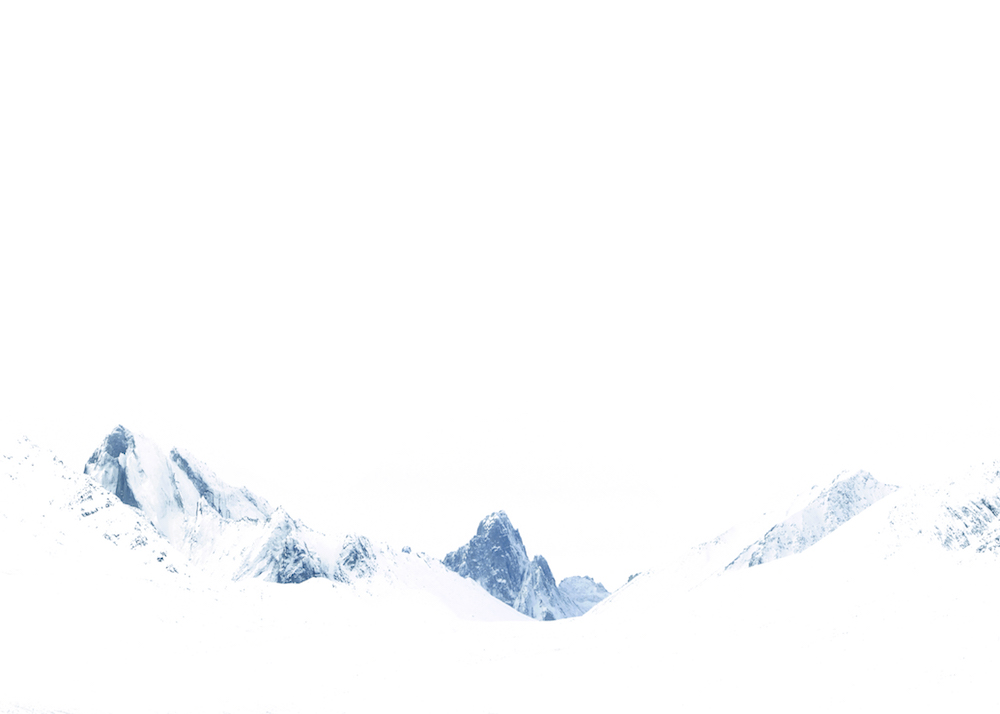Netflix speaks to a generation hungry for knowledge, equality and originality, and through this formula, its audience recognises itself in its presented stories and visuals. Abstract: The Art of Design, Netflix’s latest documentary takes a different approach to cultural reporting by focusing on the beauty present in our modern society.
The independent streaming channel Netflix has surprised its audiences with a whole host of viewing pleasure in recent years. With documentaries ranging from Laura Ricciardi and Moira Demos’ chilling Making a Murderer, to Ava DuVernay’s 13th and Jill Bauer and Ronna Gradus’ Hot Girls Wanted, Netflix stands out as a channel adamant to offer social commentary and political dialogue often deemed too risky for the majority of broadcasting channels. Even its original shows such as Jenji Kohan’s Orange is the New Black, the Wachowski’s Sense8 and Chris Brancato, Carlo Bernard and Doug Miro’s Narcos offer cultural insight into institutions, communities and political situations we hardly ever get to see (re)presented in an authentic, unedited light. Netflix speaks to a generation hungry for knowledge, equality and originality, and through this formula, its audience recognises itself in its presented stories and visuals.
Abstract: The Art of Design, Netflix’s latest documentary takes a different approach to cultural reporting by focusing on the beauty present in our modern society. Creator and executive producer Scott Dadich describes Abstract as “an eight-episode documentary series about creativity, about visionary designers who shapes the world around us – from architecture to illustration, cars to typography” – but it’s so much more than that. These episodes are not just about the designers that shape the world around us, they completely immerse you into the worlds of these creative fields and allow the viewer to witness these art-forms come to life. This immediately becomes apparent throughout the first episode which is focused on German illustrator Christoph Niemann. Musings about his work are manifested through quirky animations, literally illustrating the ideas that also define his personal character, and one line in particular summed his artistic being up perfectly:
“Abstraction is getting rid of everything that is not essential to making a point.”
As Niemann goes through a stack of New Yorker magazines sporting his covers – twenty-four to be exact – this philosophy begins to resonate with every illustration he proudly presents to the camera. Though some are noisier and more aggressive in colour coding than others, they are all stripped down to the essentials, communicating clear messages without getting lost in the information of the idea. The same can be said about the work of graphic designer Paula Scher (episode six). The project that quickly turned her into a public name in the world of advertising and graphic design was the identity rebranding of New York’s The Public Theatre in 1994. Using urban typography and graffiti-esque aesthetics, the new posters and advertising materials appealed to a diverse demographic intrigued by this fresh, new approach. Delving into the typographic world of Paula Sher may be daunting to audiences with little understanding of graphic design and the power of typography, but in actual fact this was one of the most surprising episodes on Abstract: The Art of Design in that, it is absolutely captivating, no matter how broad the viewer’s knowledge on the subject. One comes out of this episode having developed a new understanding of just how perceptive we are to typography and graphic design, and how these art forms influence our choices and preferences.
A curious aspect of the series, is that some of the subjects chosen to represent their respective field don’t necessarily feel like common choices: why choose a portrait photographer like Platon Antoniou when there are so many photographers out there whose portfolios embody a whole range of different styles? The purpose here, is to manifest just how connected different forms of design really are, and this was beautifully highlighted in the manner Platon explained his choices in terms of positioning his subjects and capturing the true essence of their personalities. In order to capture Bill Clinton’s “larger than life character” for Esquire magazine in 2000, Platon positioned the former US president in a pose he likened to the Acropolis of Athens, “a giant monument of power”. Having grown up on the Greek Islands, his father’s keen eye for architecture had a strong influence on Platon and helped him formulate his own visual language, and understand the importance of abstraction:
“If it’s necessary it’s in there, if it’s not necessary it’s not there. So, strip it down; simplify it, just go for the core.”
One of the fields where this interaction between different art forms becomes particularly apparent is in stage design. Focusing on the work of renowned stage designer Es Devlin, Abstract: The Art of Design, invites viewers to understand the philosophy of the craft, and the striking visual dialogue Devlin provokes with her vivid imagination and unique, artistic perspective. Her innovative style merges with the theatrical stories and concepts presented on-stage. It adds an extra dimension to the emotional response it induces in its audience, granting an unforgettable experience. With the help of several key ingredients – such as scale and light – Devlin establishes an inimitable fluidity within stage designs that have become the backdrop of elite fashion shows, concerts by the likes of Beyonce and Kanye West, theatrical plays and more.
Abstract: The Art of Design is binge-worthy not because it is fuelled with adrenaline and sex-appeal a la Sense8, but because it speaks to a particular breed of people who are as fanatic about art and design as others are about telepathic orgies. The designers featured in this inspirational series offer personal and invaluable insight into a world we might not otherwise get to see up close, let alone understand, with each episode ending on an uplifting note elevating its viewers from the couch and catapulting them into their own workshops, bursting with no-found ideas and motivations. Does this sound like the creative kickstart you’ve been looking for? Tune in now!
https://www.netflix.com/es-en/title/80057883






